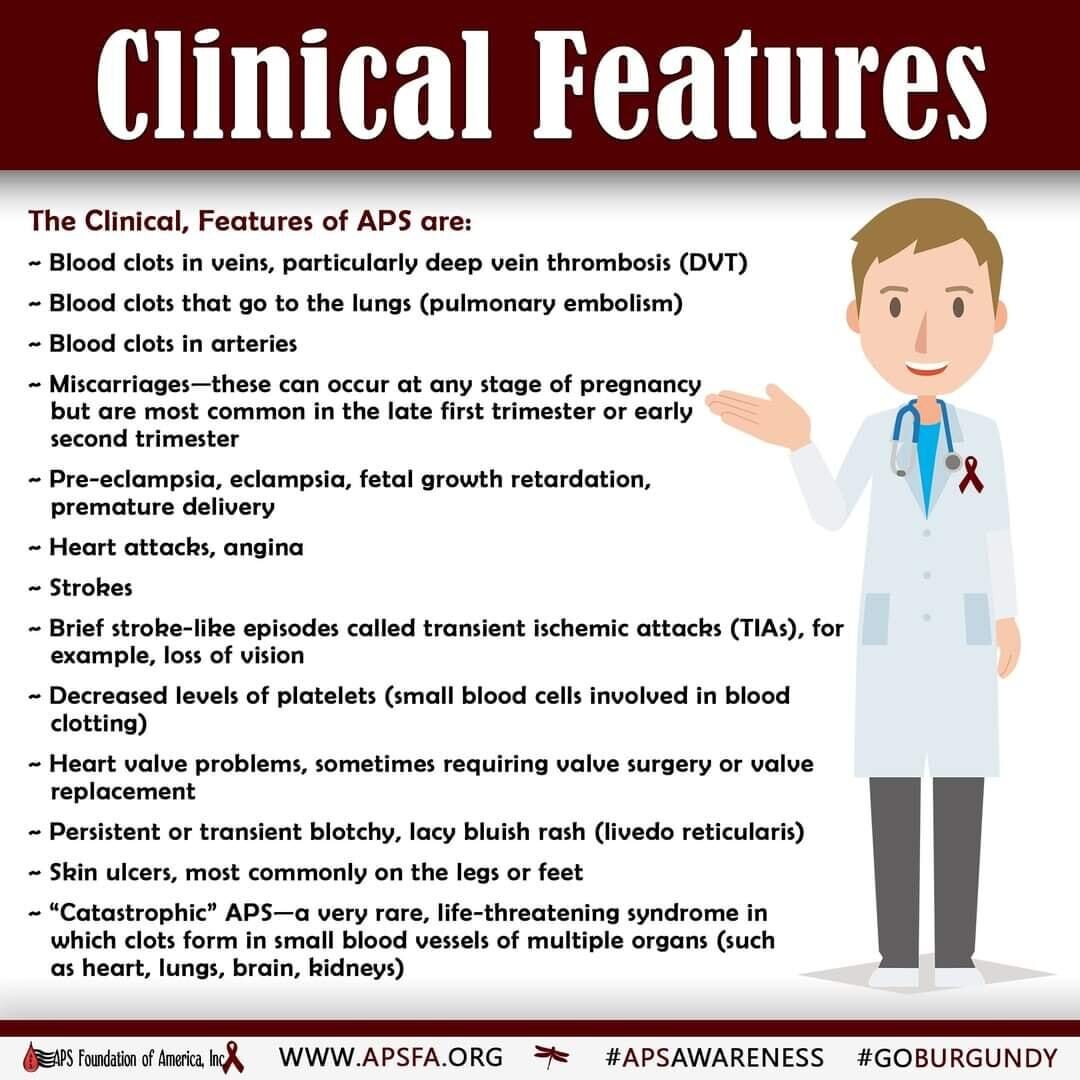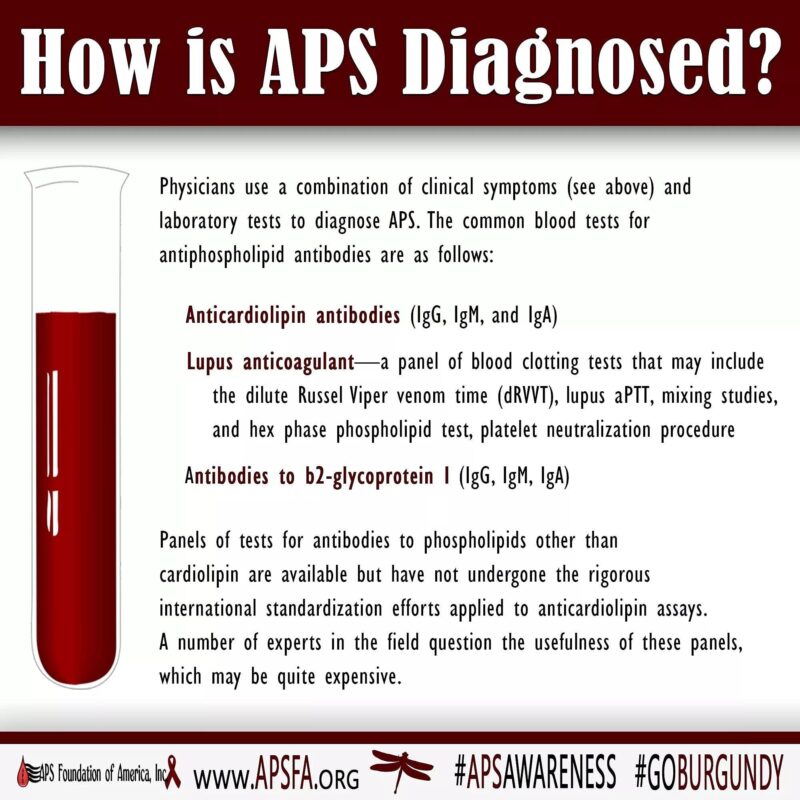
Clinical Feautures APS/X
Jun 12, 2025, 09:14
Understanding Antiphospholipid Syndrome (APS): Diagnosis and Clinical Clues Every Clinician Should Know-by APS Foundation of America
The APS Foundation of America has pinned a critical update on their X page, shedding light on the diagnostic criteria and clinical features of Antiphospholipid Syndrome (APS)—a serious autoimmune condition that significantly increases the risk of blood clots, pregnancy complications, and organ damage.
Diagnosis of APS requires both clinical manifestations and positive laboratory findings. The most commonly used tests include:
Anticardiolipin antibodies (IgG, IgM, IgA)
Lupus anticoagulant testing (e.g., dRVVT, aPTT, mixing studies)
Anti-β2 glycoprotein I antibodies (IgG, IgM, IgA)
These tests help differentiate APS from other causes of coagulopathy and are essential for accurate classification and management.
Clinical features may include:
Recurrent venous or arterial thrombosis
Recurrent miscarriages or severe pregnancy complications (e.g., pre-eclampsia)
Thrombocytopenia
Stroke or transient ischemic attacks
Livedo reticularis, skin ulcers, and — in severe cases — Catastrophic APS
APS is a multisystemic disorder that requires high clinical suspicion, especially in young patients with unexplained thrombotic events or adverse pregnancy outcomes.

See full details and expert perspectives now on Hemostasis Today.
American Society of Hematology
Anticardiolipin Antibodies
Antiphospholipid Syndrome
APS Awareness
APS Diagnosis
APSFA
Autoimmune Coagulopathy
Catastrophic APS
Hematology
Hemostasis Today
International Society on Thrombosis and Haemostasis (ISTH)
Lupus Anticoagulant
Pregnancy Loss
Th APS Foundation of America
thrombosis
β2 Glycoprotein I
-
Dec 19, 2025, 13:30PPTA Europe’s Holiday Message: Wishing Health, Rest, and Renewal for 2026
-
Dec 19, 2025, 13:22If You Were Reading a “Bible for Blood Donation Volunteers,” What’s the ONE Thing That Must Be in It?
-
Dec 19, 2025, 12:52Julia Owens: Stroke Remains One of the World’s Leading Causes of Death and Disability
-
Dec 19, 2025, 12:03Pradeep Natarajan: Our New Genetic Study of Aortic Stenosis in ~3M
-
Dec 19, 2025, 11:47ESO Blog: Anna Gardin on Stroke Risk in the Era of Climate Extremes
-
Dec 19, 2025, 10:51Sarah Elkourashy Presents Insights on Caplacizumab for TTP at ASH25
-
Dec 19, 2025, 10:08Camilla Lombardi Shares an EHC Nutrition Guide for People with Bleeding Disorders
-
Dec 19, 2025, 09:56Danny Hsu Shares The ”I-WISh” Study by Nichola Cooper on ITP
-
Dec 19, 2025, 09:39Paul Bolaji: A Landmark Achievement -The Historic 1st Nigerian Stroke Leaders’ Summit 2025
